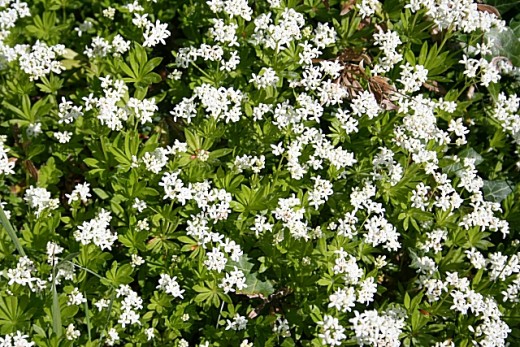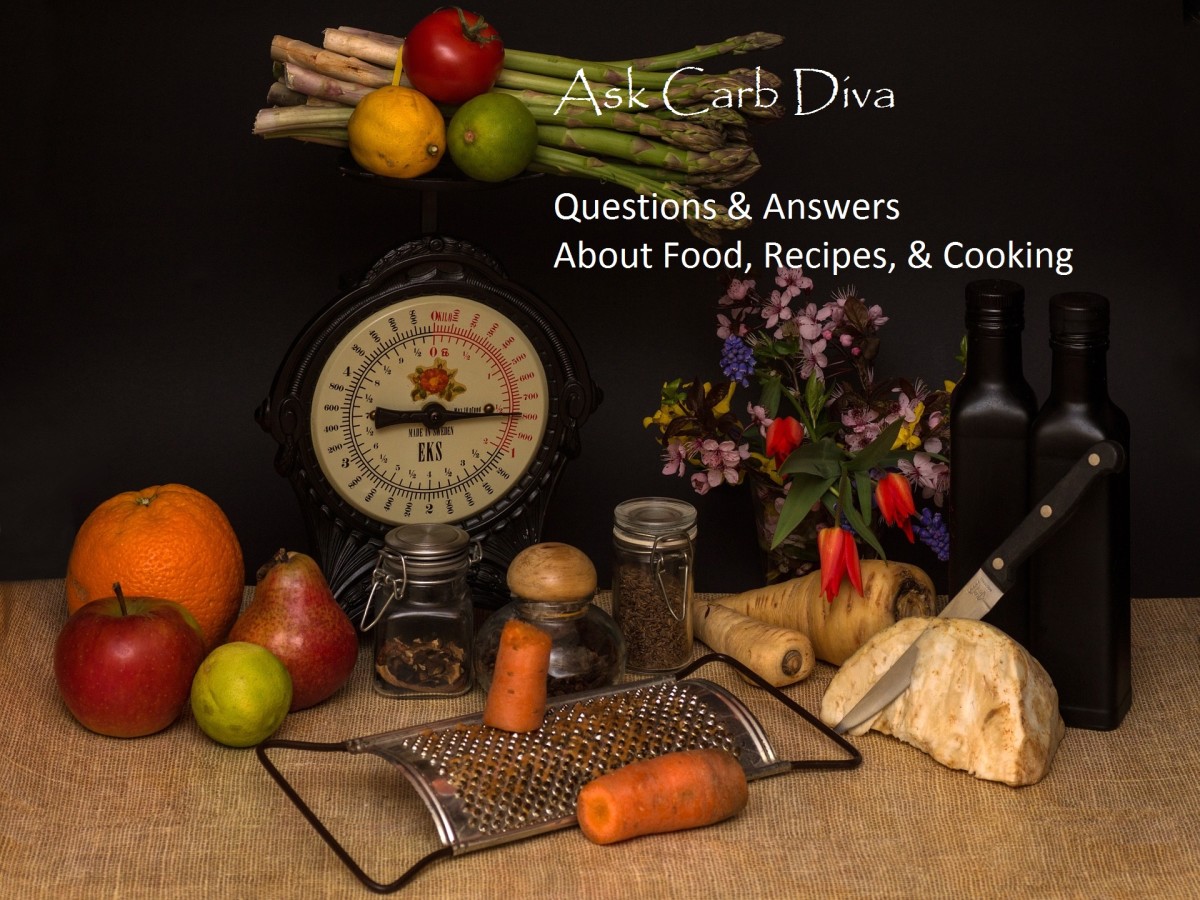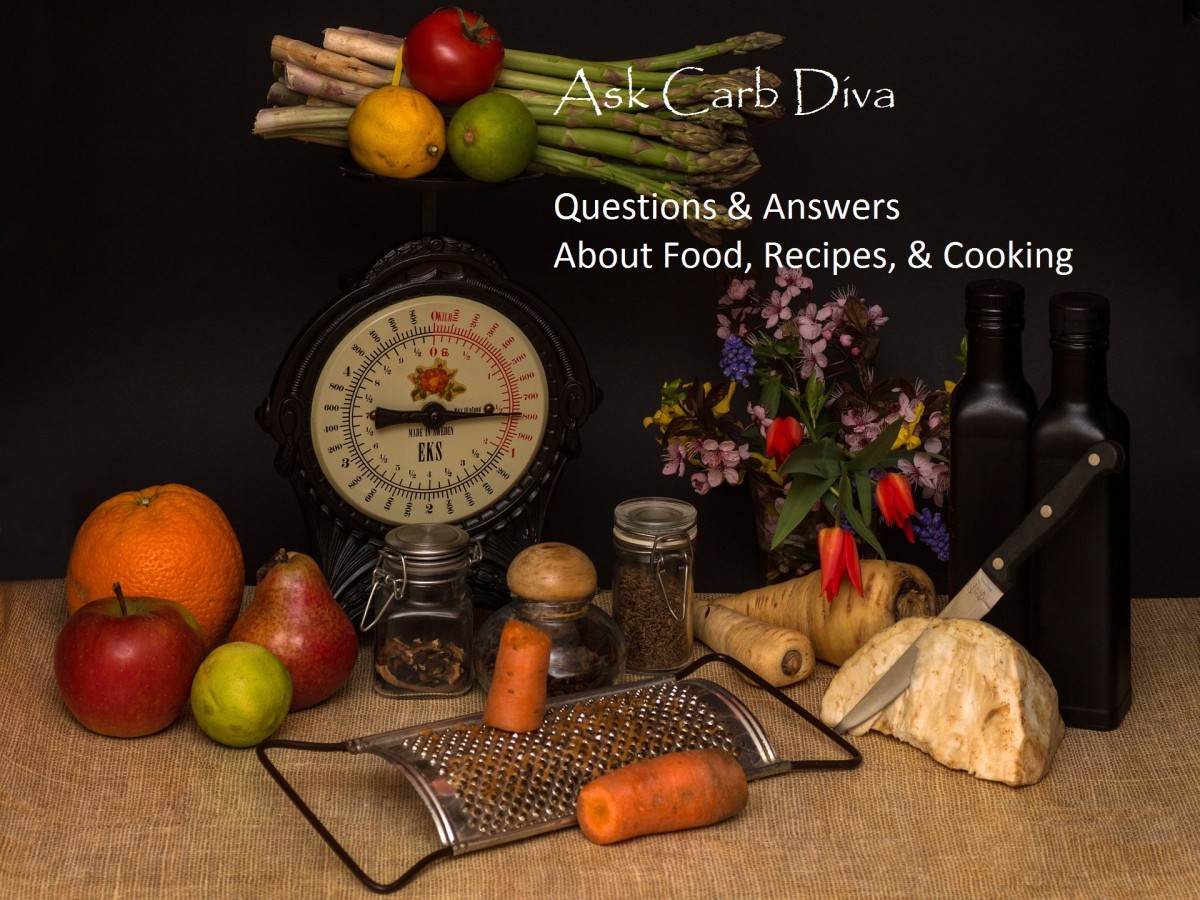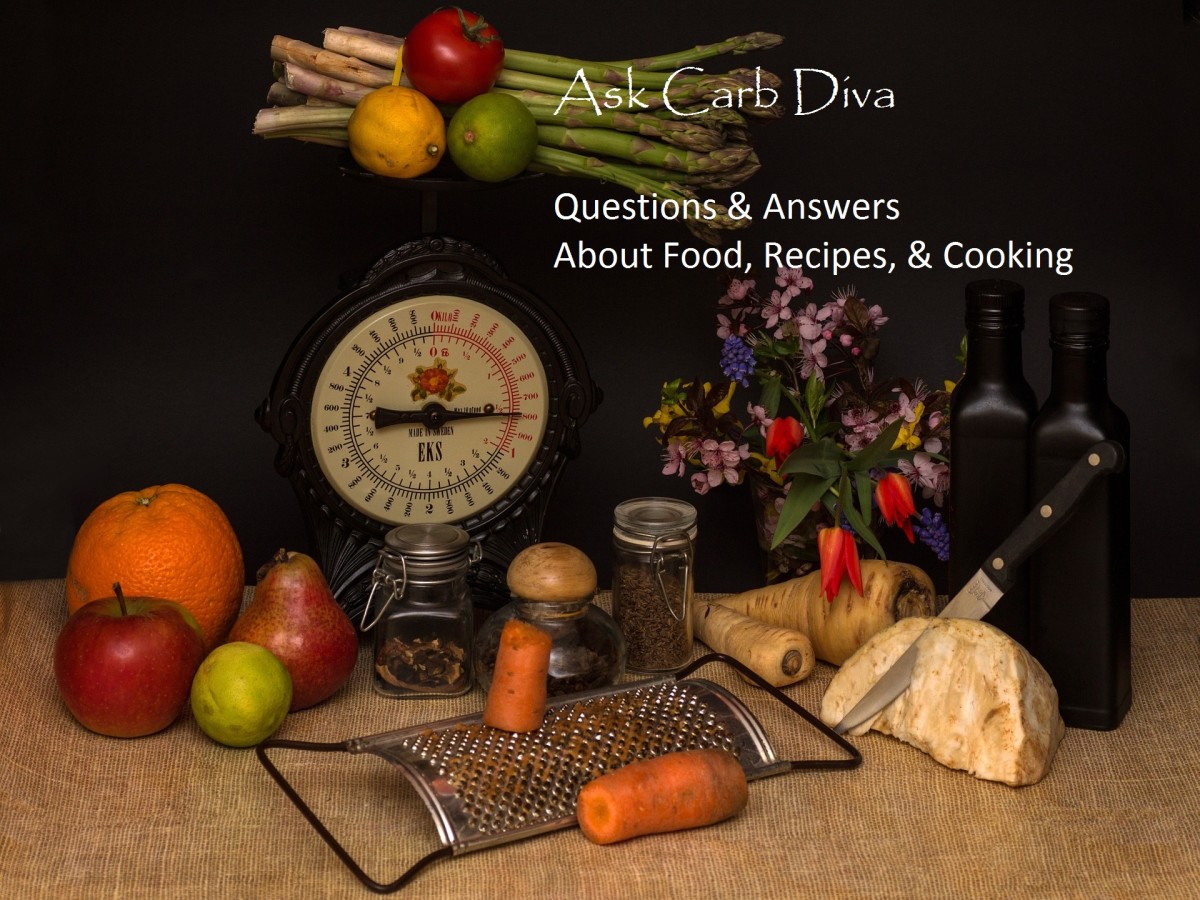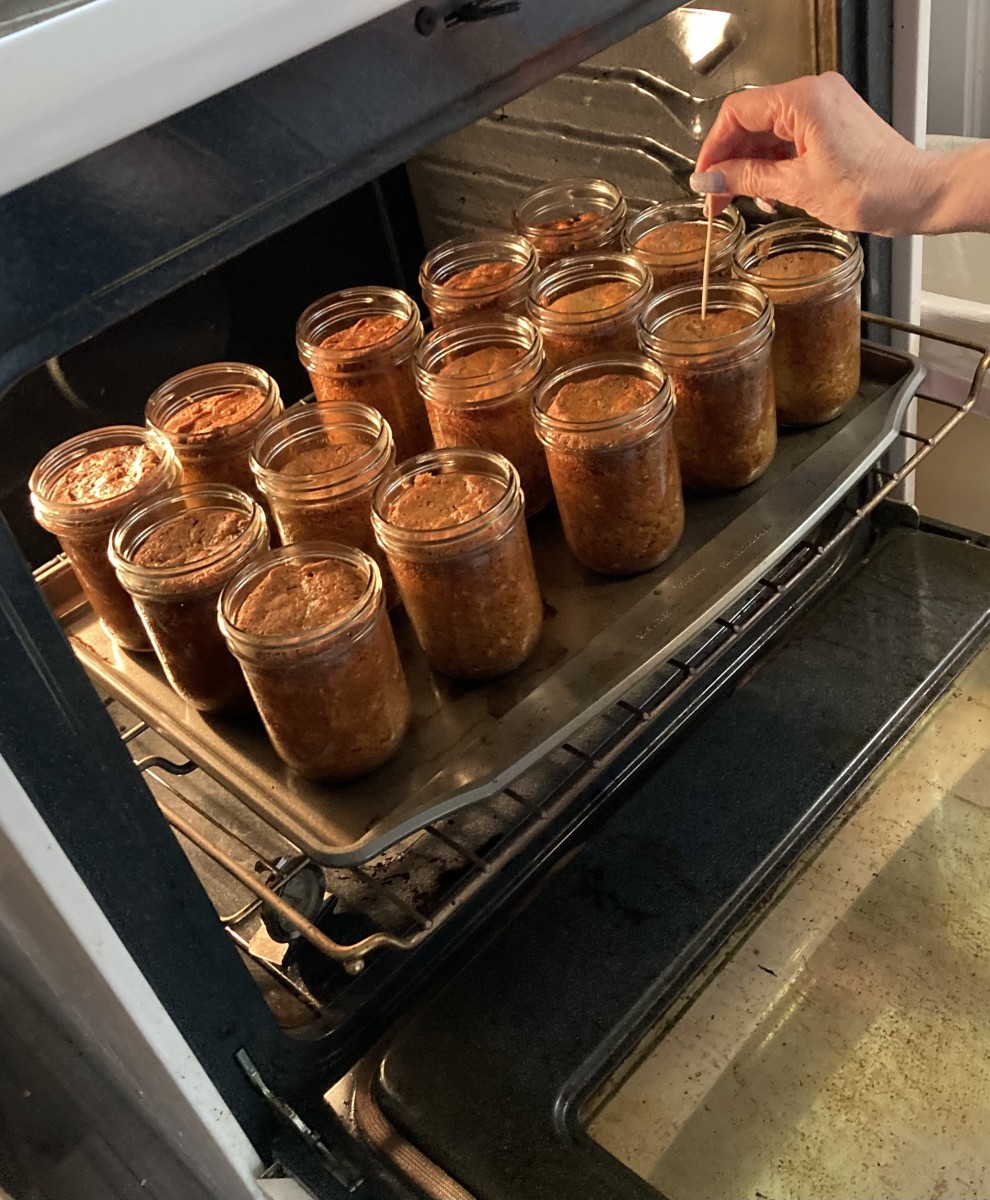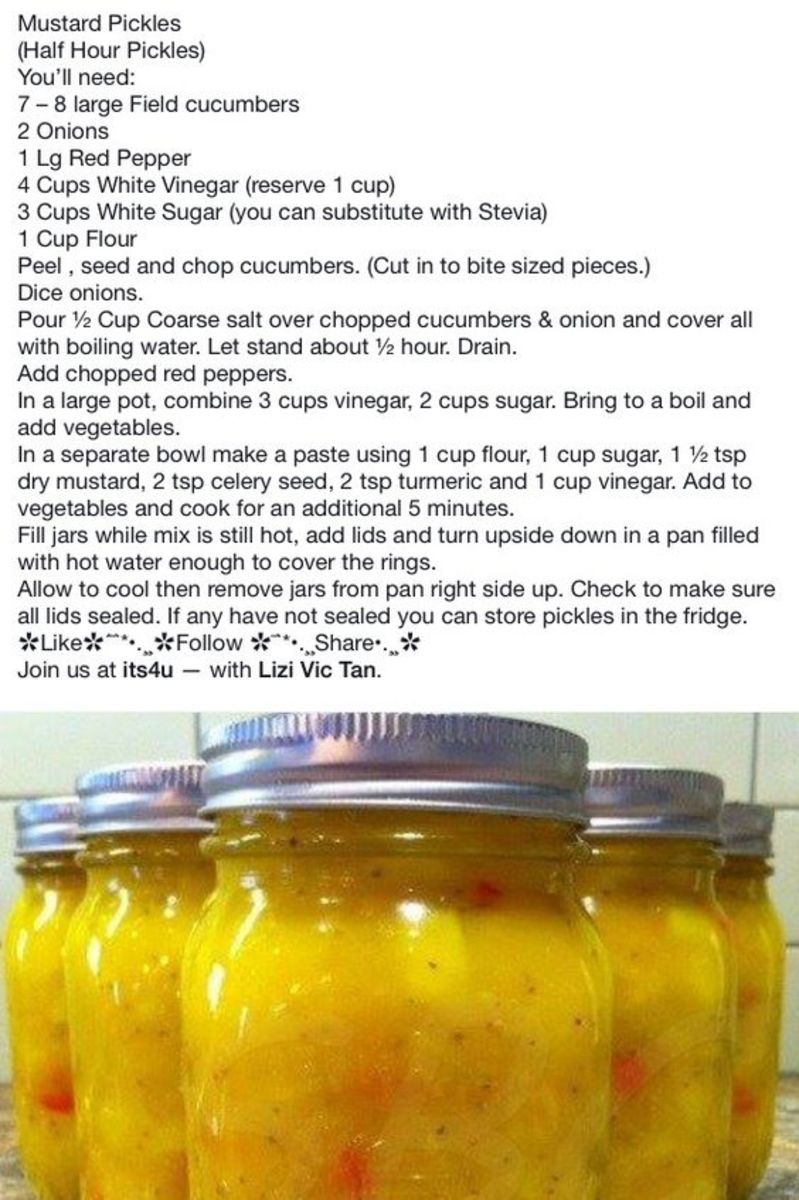Ask Carb Diva: Questions & Answers About Foods, Recipes, & Cooking, #34
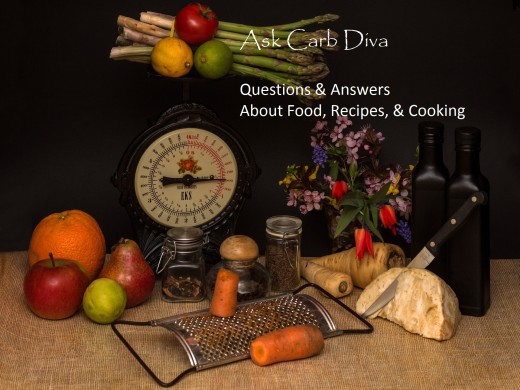
Today
Daffodils are a long-ago memory, their flowers decayed and the stems beginning to wither. The vinca minor holds its evergreen leaves, but the periwinkle blue flowers are no more. The lily of the valley have faded (those that were not consumed by the deer). The lilac flowers are now brown and dry. Even the stately rhododendrons are losing their bright blooms.
But in their place, we have new arrays of blossoms and fragrances. Sweet woodruff and downy green moss carpet the flower beds. Foxgloves stand proud and tall, many reaching 5 feet or more in height. Luminaria are blossoming, and will soon be joined by the vibrant hues of the sweet Williams.



Flowers change. Seasons change. But loves abides, and I feel surrounded by love. My husband and younger daughter were gone for a week, on a great, grand adventure of their own. That left me with our older daughter, the one who lives with us. Girl time. Just the two of us, and what fun we had.
Blessed.
Because of this great "love fest" I must admit that I've not done much writing. This article is being cobbled together at the 11th hour.
Let's get started.
How To Use Lemon Balm
My dad also grows a fantastic garden but one thing I can’t figure out is lemon balm. Is it used for food or beverage?
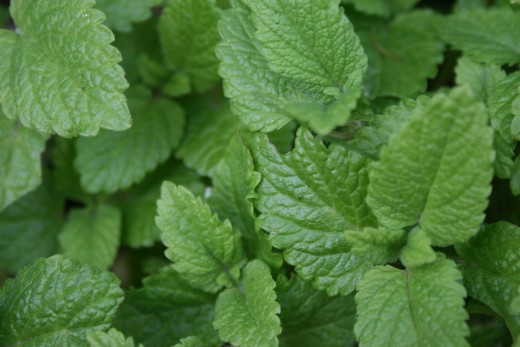
Flourish, lemon balm is a perennial (that means it comes back every year) herb in the mint family. When crushed, the leaves emit a wonderful fresh lemon scent.
Lemon balm loses much of its flavor when dried, so if you are adding it to a food or beverage it is best used fresh. But dried it still imparts a lovely fragrance in potpourri.
Here are some ideas on how to use it in the kitchen:
- Vinegar - fill a jar 3/4 full with leaves. Cover with apple cider vinegar. Cap and store in a cool, dark place for several weeks. Strain and use in cooking or salad dressing.
- Cold Beverage - add lemon balm and lemon slices to a pitcher of ice water for a refreshing summertime drink
- Hot Tea - steep a heaping tablespoon of fresh leaves in hot water for a tummy-soothing drink.
- Condiment - Add a tablespoon of fresh leaves to 1/2 cup of mayonnaise for a tangy accompaniment to cooked fish or seafood.
- Fruit Salad - Add minced leaves to your favorite fruit salad (fresh berries, peaches, nectarines, etc.)
Lexicon of Cooking Terms

We are nearing the end of the alphabet. When this topic comes to its end (next week, I think) I plan to replace it with a section on "My Favorite Things"--items I have in my kitchen equipment/gadgets drawer that I just can't live without. I'll focus on one per week.
Water Bath - (also known as a Bain Mairie) A pan of hot water used to gently cook foods, commonly used when baking cheesecake or custard. (It can also be used to keep foods warm.) To make a water bath, use a roasting pan large enough to hold the dish(es) being baked.
Bring a kettle of water to a boil and then pour the water into the roasting pan. Be careful to not get any water in the cheesecake or custard. The water should come about halfway up the sides of the dish (ramekin) being baked. I find it easiest to do this last step with the roasting pan in the oven already. By pulling out the oven rack and filling the pan with water right there, we avoid the danger of splashing hot water into the custards (or on ourselves!) when transferring the dish to the oven.
Well - A hole made in the middle of a heap of flour to which the liquids or semi-solid ingredients of dough are added.
Whetstone - A stone slab used to sharpen knives.
Whip - To beat ingredients vigorously to incorporate air. This produces expansion, as in heavy cream or egg whites.
Whisk - A kitchen utensil consisting of a series of wires around a handle used to whip or mix ingredients.
Wok - A round-bottomed cooking vessel used for stir-frying, steaming, or poaching.
Friendship Bread
What's the story behind friendship bread and how do you start it? What if you just want a batch and don't want to pass it on? Does that make it antisocial bread?
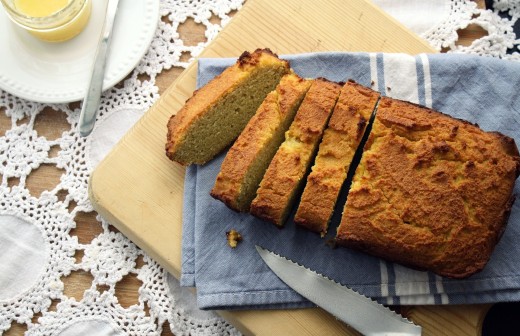
First, I love the name you created for this if you keep it to yourself.
Friendship bread is the gift that keeps on giving, and giving, and giving. The concept is that you create a "starter" (much like the concept of sourdough starter) and after 10 days bake your loaves of bread. Give a loaf to a friend, along with some starter so that your friend can make the own loaves and pass the starter along to another person, and so on, and so on.
There are several problems with this theory
- who wants to wait 10 days?
- although friendship bread is tasty, do you want to keep that starter going forever and ever, and be destined to bake bread from now until eternity?
- you run out of friends (or when they see you coming, they close the drapes, turn out the lights, and pretend that they aren't at home).
Here's a solution to all of those problems, and a recipe for your 'anti-social bread.'
How Long Should Coleslaw "Marinate"?
How long should the mayo dressing sit on a coleslaw before serving?
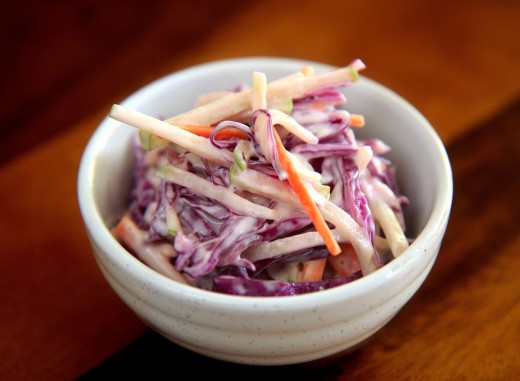
Mary, the answer lies in how you want that coleslaw to taste and "feel" when you bite into it.
- Crisp/Bitter - As soon as a mayonnaise-based coleslaw is prepared, it can be served. The vegetables will be crisp, but there is a slight "bitterness" to fresh cabbage. Adding (naturally sweet) shredded carrots to the mix will offset some of that bitter taste.
- Softened/Sweeter - Coleslaw can be held up to 48 hours, covered, in the refrigerator. If allowed to spend a "time out" the vegetables contained therein will soften a bit, and the taste of the raw cabbage will mellow.
I have also seen recipes from some cooks that suggest covering the raw shredded cabbage with boiling water for a minute to soften the shreds and to tame the bitter taste of the cabbage. If a more mellow slaw is your goal, you might give that method a try, but I have not tested it myself so can't testify to how it works in the final product.
Shortening vs. Oil for Frying
Why is a solid shortening, such as Crisco, better for frying than oil?
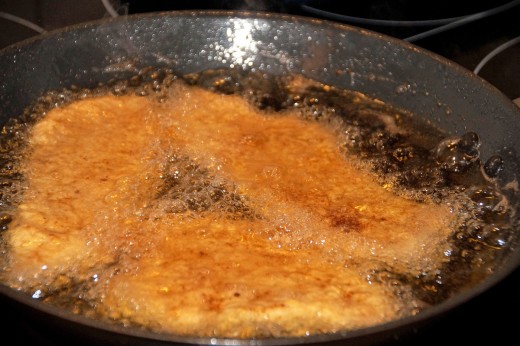
Mary, there is shortening (and for the sake of brevity, let's just assume that we are talking about Crisco which has zero trans fats), and then there is everything else.
Not all oils are created equal. Some have very low (unforgiving) smoke points. That means that at low temperatures they will smoke and turn bitter. Some (vegetable, canola, corn, peanut) have really no discernable flavor at all. But others (rich olive oil, walnut, sesame) have very distinct and wonderful flavors.
The wee amount of research I've done on shortening vs. cooking oil has revealed that professional cooks who deep fry pastries (OK, those who make donuts) prefer shortening rather than vegetable oil. And the reason is this--foods fried in shortening don't feel oily in your mouth; food fried in liquid oil absorbs more of the fat and so they "feel" oilier.
And there is also the issue of shelf-life. At home, doughnuts fried in vegetable oil are acceptable because they're likely to be eaten right away before the oil seeps into the sugar coating. Shortening provides a more stable base for the sugars and glazes for commercial products.
Here's a table to help explain the pros and cons of shortening vs. cooking oil.
Shortening
| Oil
| |
|---|---|---|
State at room temperature
| solid
| liquid
|
Taste
| neutral
| can vary (neutral to intense)
|
Smoke point
| 370 degree F.
| olive oil 375, canola 400, corn 410, peanut 450
|
So, you don't need to use Crisco for home frying. It is neutral tasting and is easy to find--those are the pluses. However, it maxes out at about 350 degrees F. If the food you are cooking requires a higher temperature for frying, you might want to consider another oil.
Here are some basic deep-frying tips from Better Homes and Garden magazine.
That's All Folks

Got a question? I'm happy (almost giddy) to help. Leave your question in the comments section below, or you can email me at lindalum52@gmail.com.
Have a great week.
© 2018 Linda Lum



